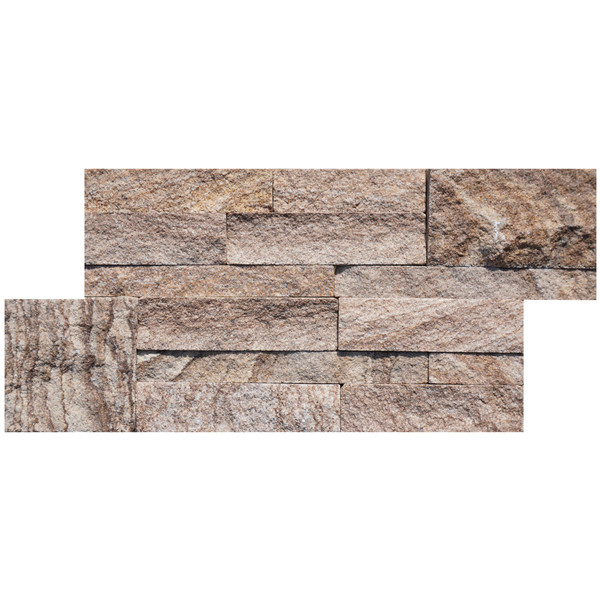Introduction
Cultured stone finishes have become increasingly popular in the world of home design and construction. These finishes offer a versatile and cost-effective alternative to natural stone, providing homeowners with the aesthetic appeal of stone without the high cost and maintenance requirements. In this article, we will explore the various aspects of cultured stone finishes, including their composition, benefits, installation process, maintenance requirements, and design versatility.
Composition of Cultured Stone Finishes
Cultured stone finishes, also known as manufactured stone or faux stone, are made from a mixture of cement, aggregates, and iron oxide pigments. This combination is poured into molds that are designed to replicate the look and texture of natural stone. Once the mixture has set and cured, the finished product closely resembles the appearance of natural stone, with a wide range of colors, shapes, and textures available to suit different design preferences.
Benefits of Cultured Stone Finishes
There are several benefits to choosing cultured stone finishes for your home. One of the main advantages is cost savings, as cultured stone is typically more affordable than natural stone. Additionally, cultured stone is lighter in weight, making it easier to transport and install compared to natural stone. This can result in lower installation costs and reduced labor requirements.
Another key benefit of cultured stone finishes is their versatility in design. With a wide range of colors, shapes, and textures available, homeowners can achieve virtually any look they desire, from rustic and traditional to modern and contemporary. Cultured stone finishes can be used on both interior and exterior surfaces, allowing for seamless design continuity throughout the home.
Installation Process
The installation of cultured stone finishes is a relatively straightforward process that can be completed by skilled professionals or experienced DIY enthusiasts. The first step is to prepare the surface where the stone will be applied, ensuring it is clean, dry, and free of debris. Depending on the specific product being used, a layer of mortar or adhesive may be applied to the surface to create a secure bond.
The cultured stone pieces are then arranged and installed according to the desired pattern, with care taken to ensure proper alignment and spacing between the stones. Grout may be used to fill in any gaps between the stones and create a cohesive look. Once the installation is complete, the stones may be sealed to protect them from moisture, stains, and other environmental factors.

Maintenance Requirements
One of the advantages of cultured stone finishes is their low maintenance requirements compared to natural stone. To keep cultured stone looking its best, regular cleaning is essential. This can be done using a mild detergent and water, along with a soft brush or cloth to gently scrub away dirt and grime. Avoid using harsh chemicals or abrasive cleaners, as these can damage the finish of the stone.
Sealing cultured stone finishes can also help protect them from staining and water damage. Depending on the product used, a sealant may need to be applied every few years to maintain the integrity of the finish. Additionally, it is important to inspect the stone regularly for signs of wear or damage and make any necessary repairs promptly to prevent further deterioration.
Design Versatility
Cultured stone finishes offer a high degree of design versatility, making them suitable for a wide range of architectural styles and aesthetic preferences. Whether you want to create a rustic cabin retreat, a sleek modern facade, or a traditional fireplace surround, there is a cultured stone finish that can help you achieve your desired look.
One of the key advantages of cultured stone finishes is the ability to customize the color, shape, and texture of the stones to suit your design vision. From stone veneer and grays to vibrant reds and blues, there is a color palette available to complement any design scheme. Additionally, the texture of the stones can be varied to create a more natural and authentic appearance, whether you prefer a rough-hewn look or a smooth, polished finish.
Conclusion
Cultured stone finishes offer a cost-effective and versatile way to enhance the beauty and value of your home. With their affordable price point, easy installation process, low maintenance requirements, and design flexibility, cultured stone finishes have become a popular choice among homeowners and designers alike. Whether you are looking to add a touch of elegance to your interior spaces or enhance the curb appeal of your exterior facade, cultured stone finishes provide a durable and attractive solution that will stand the test of time.
